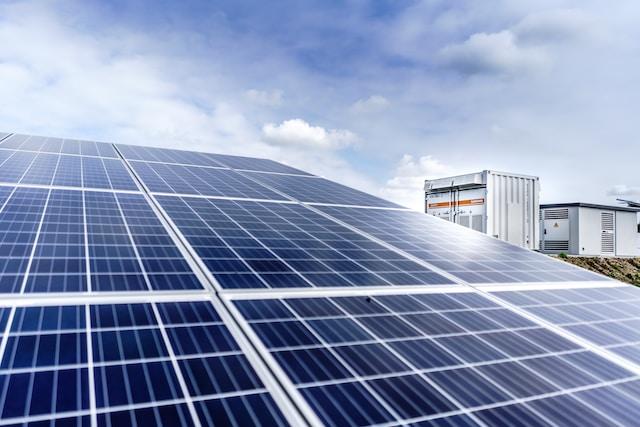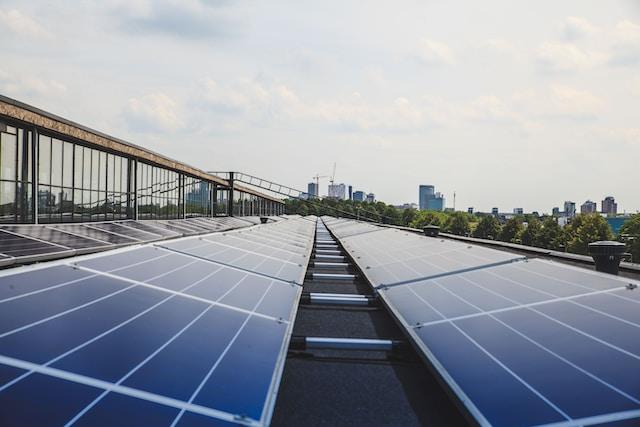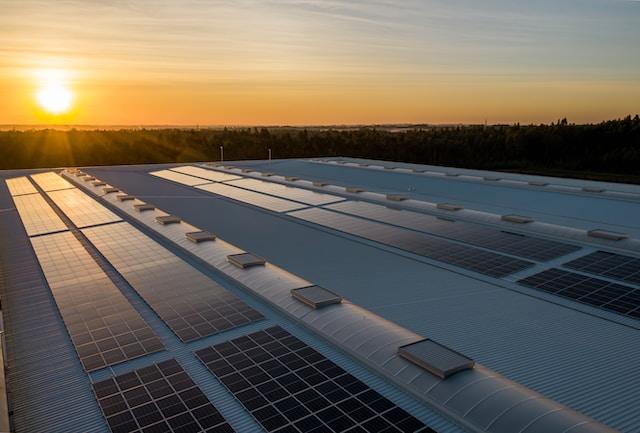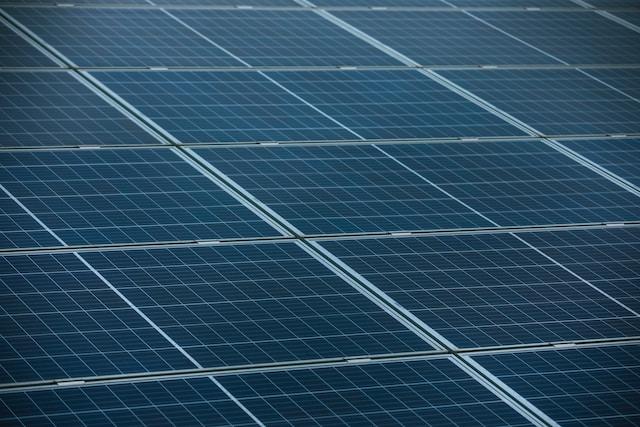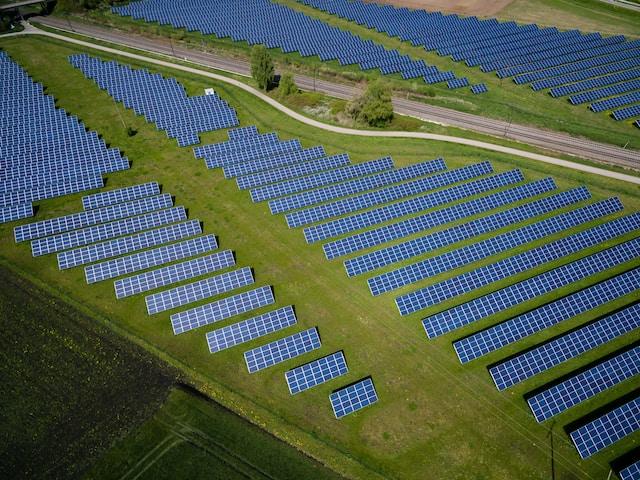
Understanding the Efficiency of Polycrystalline Solar Panels: A Detailed Guide
Introduction
Solar energy, a renewable and eco-friendly power source, is gaining prominence in the fight against climate change and the pursuit of energy independence. Harnessing this energy necessitates specialized tools, like diverse types of solar panels. Among them, Polycrystalline solar panels, recognized for their efficiency and cost-effectiveness, have become increasingly popular. These panels, crafted from multiple silicon fragments melted together, offer a balance between performance and affordability. This article focuses on the efficiency of Polycrystalline solar panels, providing valuable insights into their manufacturing process, unique characteristics, and potential role in shaping a sustainable future. Whether you're new to solar energy or looking to deepen your understanding, this guide will equip you with essential knowledge about this pivotal renewable energy technology.
What Are Polycrystalline Solar Panels?
Polycrystalline solar panels, a key component in the renewable energy landscape, are an economical yet efficient solution for harnessing solar power. These panels are composed of numerous silicon fragments melted together to form the cells, a method that distinguishes them from their monocrystalline counterparts. The manufacturing process begins with raw silicon, which is melted and poured into a square mold. As the silicon cools, it forms a distinctive pattern of crystals, giving the panel its signature blue color and a somewhat speckled appearance. Polycrystalline panels, also known as multi-crystalline panels, have several unique characteristics that set them apart. The process of combining multiple silicon crystals results in a slightly lower efficiency compared to monocrystalline panels; however, the lower manufacturing costs make them an affordable option for many consumers. Moreover, their square shape leads to less wasted space during the assembly process, enabling a more compact design. In a world increasingly turning to renewable energy sources, understanding the distinctive features and production process of Polycrystalline solar panels is crucial. This knowledge equips us with the ability to make informed choices about our energy consumption and contribute to a more sustainable future.
Grasping Solar Panel Efficiency
Solar panel efficiency, a crucial term in the world of renewable energy, refers to the ability of a panel to convert sunlight into usable electricity. It's typically represented as a percentage, indicating the proportion of solar energy converted into electrical energy under ideal conditions. Several factors can impact solar panel efficiency, including the quality and type of materials used, the panel's temperature, and the angle and intensity of sunlight it receives. Obstacles such as shading or dirt on the panel can also reduce efficiency. Understanding solar panel efficiency is essential as it directly affects how much electricity a panel can produce. Higher efficiency means more electricity generation per unit area, making it an important consideration, particularly in space-constrained installations. However, efficiency isn't the only factor to consider when choosing a solar panel. Other elements such as cost, durability, and the specific energy needs of your home or business also play significant roles. In a nutshell, the efficiency of a solar panel plays a pivotal role in its effectiveness as a renewable energy source. By comprehending the dynamics of solar panel efficiency, we can make more informed decisions in our quest for sustainable energy solutions.
The Efficiency of Polycrystalline Solar Panels
Polycrystalline solar panels, often recognized for their cost-effectiveness, typically exhibit efficiency rates ranging between 15% to 17%. This efficiency stems from the multi-crystalline structure of the silicon cells, which, although less efficient than single-crystal cells, still provide a substantial energy output. When compared to other solar panel types, Polycrystalline panels sit comfortably in the middle. Monocrystalline panels, with their single-crystal structure, often boast higher efficiencies, sometimes over 20%, but come at a higher cost. On the other hand, thin-film panels, while more affordable and flexible, usually have lower efficiencies, often below 15%. Real-world application of Polycrystalline panels further highlights their efficiency. Residential installations, for example, can benefit from these panels due to their balance between cost and performance. They are particularly suitable for homeowners with ample roof space and a limited budget. Similarly, commercial solar installations, where space is less of a concern, can take advantage of the cost-effectiveness of Polycrystalline panels, providing significant energy output without breaking the bank. These real-world examples underscore the practical efficiency of Polycrystalline solar panels, reinforcing their role in the global shift towards renewable energy.
Pros and Cons of Polycrystalline Solar Panels
Polycrystalline solar panels offer several advantages, cementing their position as a popular choice among solar energy consumers. They are cost-effective due to a simpler and less wasteful manufacturing process, making them an affordable option for many homeowners and businesses. Furthermore, their square shape and design lead to less wasted space, allowing for compact installations. However, like all technologies, Polycrystalline panels come with certain drawbacks. Their efficiency, while decent, is typically lower than that of Monocrystalline panels. This means that more panels and more space may be required to generate the same amount of power. Moreover, they tend to have a shorter lifespan and can be slightly less performant in low light conditions or high temperatures. For potential buyers, these factors need to be carefully weighed. Consider your available space, budget, and energy needs. If cost is a significant factor and space is not an issue, Polycrystalline panels can be an excellent choice. On the other hand, if space is limited or you're seeking the highest efficiency available, other options might be more suitable. As with any significant investment, doing thorough research and consulting with a professional can help ensure you make the best decision for your specific circumstances.
The Future of Polycrystalline Solar Panels
The future of Polycrystalline solar panels is bright, thanks to ongoing research and advancements in solar technology. Recent improvements have led to the development of advanced Polycrystalline panels with enhanced efficiency and durability. Innovations in manufacturing processes and the use of improved materials have enabled these panels to capture more sunlight and convert it into electricity more effectively. Looking ahead, further developments in Polycrystalline technology are expected to continue improving panel efficiency and longevity. Innovations like anti-reflective coating and better cell architecture are just a few examples of how these panels might evolve. These advancements could result in Polycrystalline panels that offer even better value for money, making solar power accessible to an even wider audience. Such improvements in Polycrystalline technology could significantly impact the solar industry. As these panels become more efficient and affordable, they could help drive the adoption of solar energy on a larger scale, contributing to a greener, more sustainable future. By making solar power more accessible, we could see a shift in how we generate and consume energy, moving away from fossil fuels towards renewable sources. In conclusion, the future of Polycrystalline solar panels is not just about technological advancements, but also about their potential to reshape our energy landscape.
Conclusion
In conclusion, solar panel efficiency plays a pivotal role in harnessing solar energy, with Polycrystalline panels offering a balanced blend of affordability and performance. These panels have carved out a significant place in the renewable energy landscape, thanks to their cost-effectiveness and respectable efficiency. However, as with all technology choices, it's crucial to conduct thorough research to find the best fit for your specific needs and circumstances. Looking ahead, the future of Polycrystalline panels is bright. With ongoing advancements and improvements, these panels are set to become even more efficient and affordable, potentially driving wider adoption of solar energy and contributing to a more sustainable energy future. As we navigate this ever-evolving landscape, keeping abreast of these developments will be key to making informed decisions about our energy choices.
May 16, 2023
Share:
Fresh off the Press
Continue reading
Newsletter
Your journey towards a sustainable lifestyle starts here!
Join our newsletter for the latest on solar panels and clean energy breakthroughs.

